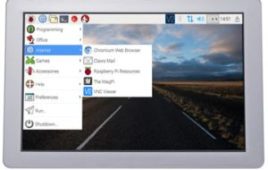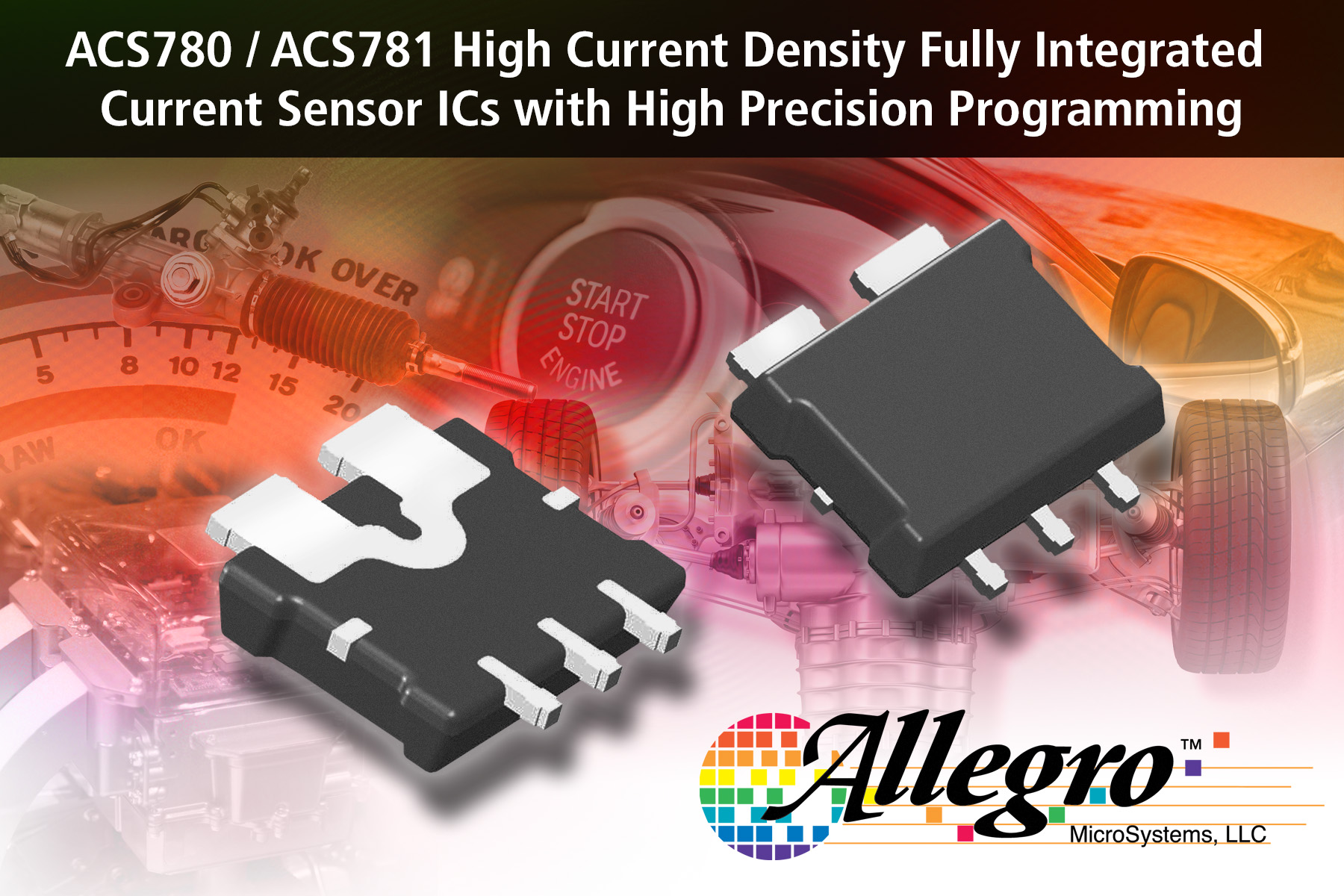NVIDIA announced a range of eight new NVIDIA Ampere architecture GPUs for next-generation laptops, desktops and servers that make it possible for professionals to work from wherever they choose, without sacrificing quality or time. Using the NVIDIA RTX GPUs, engineers can create groundbreaking products on any system.

“Hybrid work is the new normal,” said Bob Pette, vice president of Professional Visualization at NVIDIA. “RTX GPUs, based on the NVIDIA Ampere architecture, provide the performance for demanding workloads from any device so people can be productive from wherever they need to work.”
For desktops, the NVIDIA RTX A5000 and NVIDIA RTX A4000 GPUs feature new RT Cores, Tensor Cores and CUDA cores to speed up AI, graphics and real-time rendering up to 2x faster than previous generations.
For the data center, there are the NVIDIA A10 GPU and A16 GPU. The A10 provides up to 2.5x the virtual workstation performance of previous generation for designers and engineers, while the A16 GPU provides up to 2x user density with lower total cost of ownership and an enhanced virtual desktop infrastructure experience over the previous generation.
Combined with NVIDIA RTX Virtual Workstation (vWS) and NVIDIA Virtual PC (vPC) software, the A10 and A16 GPUs deliver more power, memory and speed to boost any workflow, from graphics and AI to VDI, so users can focus more time on working efficiently and productively.
The NVIDIA RTX GPUs feature the latest generation of NVIDIA RTX technology to accelerate graphics, ray tracing, AI and compute. The RTX laptop GPUs also include the latest generation of NVIDIA Max-Q technology, enabling a new generation of powerful thin and light laptops for professionals. Additionally, RTX technology powers NVIDIA Omniverse — the only platform that delivers high-performance, physically accurate simulation for complex 3D worlds and true real-time ray-and path-traced rendering with ease.

All the NVIDIA RTX GPUs feature the latest technologies in the NVIDIA Ampere architecture:
–Second-Generation RT Cores: Up to 2x the throughput of the previous generation, with the ability to run concurrent ray tracing, shading and denoising tasks.
–Third-generation Tensor Cores: Up to 2x the throughput of the previous generation, up to 10x with sparsity, with support for new TF32 and BFloat16 data formats.
–CUDA Cores: Up to 2.5x the FP32 throughput of the previous generation for significant increases in graphics and compute workloads.
Desktop GPU features and technology include:
–Up to 24GB of GPU memory: Double the memory of the previous generation, the RTX A4000 with 16GB GDDR6 memory and the RTX A5000 with 24GB of GDDR6 memory both support ECC memory for error-free computing. The RTX A5000 is expandable up to 48GB of memory using NVIDIA NVLink to connect two GPUs.
–Virtualization: The RTX A5000 supports NVIDIA RTX vWS software for multiple high- performance virtual workstation instances that enable remote users to share resources to drive high-end design, AI and compute workloads.
–PCIe Gen 4: Doubles the bandwidth of the previous generation and speeds up data transfers for data-intensive tasks such as AI, data science and creating 3D models.
Laptop GPU features and technology include:
–Third-Gen Max-Q technology: For thin and light laptops that perform quieter and more efficiently with Dynamic Boost 2.0, WhisperMode 2.0, Resizable BAR, and NVIDIA DLSS technology.
–Up to 16GB of GPU memory: For the largest models, scenes, assemblies and advanced multi- application workflows.
NVIDIA also introduced the NVIDIA T1200 and NVIDIA T600 laptop GPUs, based on its previous- generation Turing architecture. Designed for multi-application professional workflows, these GPUs are a significant upgrade in performance and capabilities from integrated graphics.
The NVIDIA RTX desktop GPUs and NVIDIA data center GPUs will be available from global distribution partners and OEMs starting later this month.
The new NVIDIA RTX laptop GPUs will be available in mobile workstations anticipated in Q2 this year from global OEMs.
NVIDIA
www.nvidia.com
Filed Under: Microprocessors




